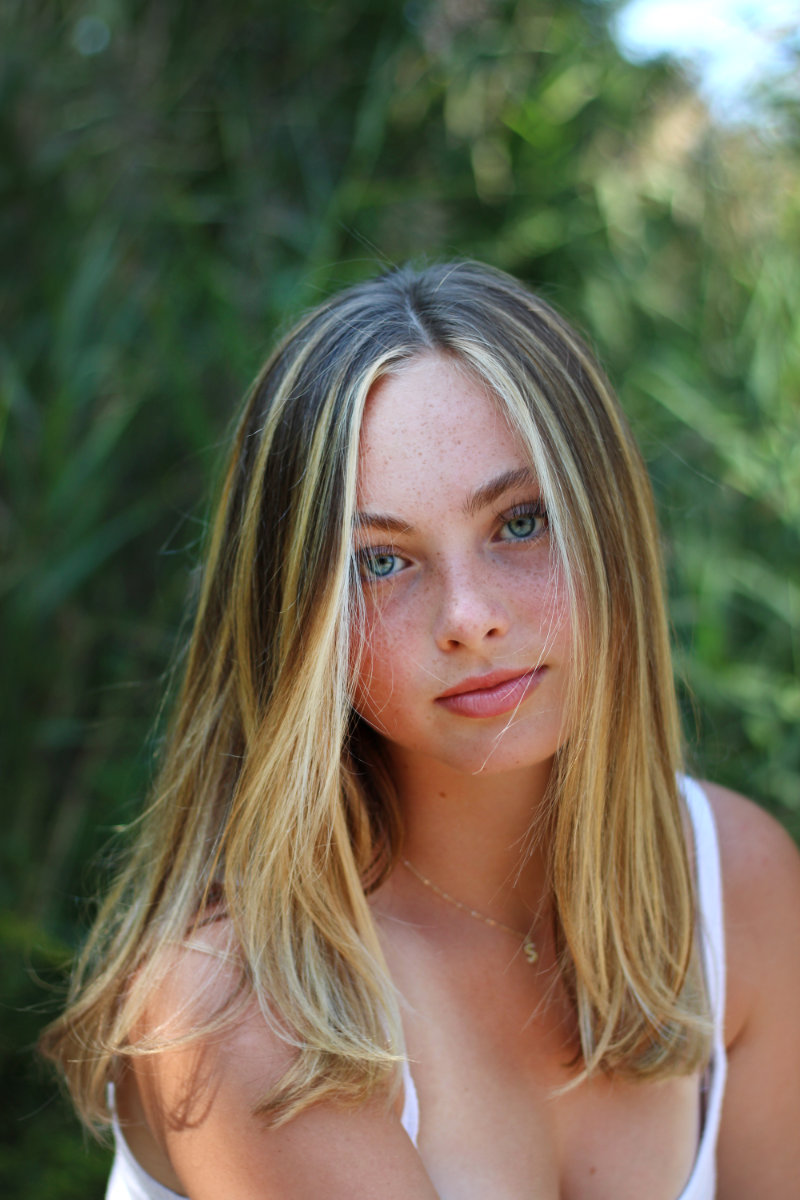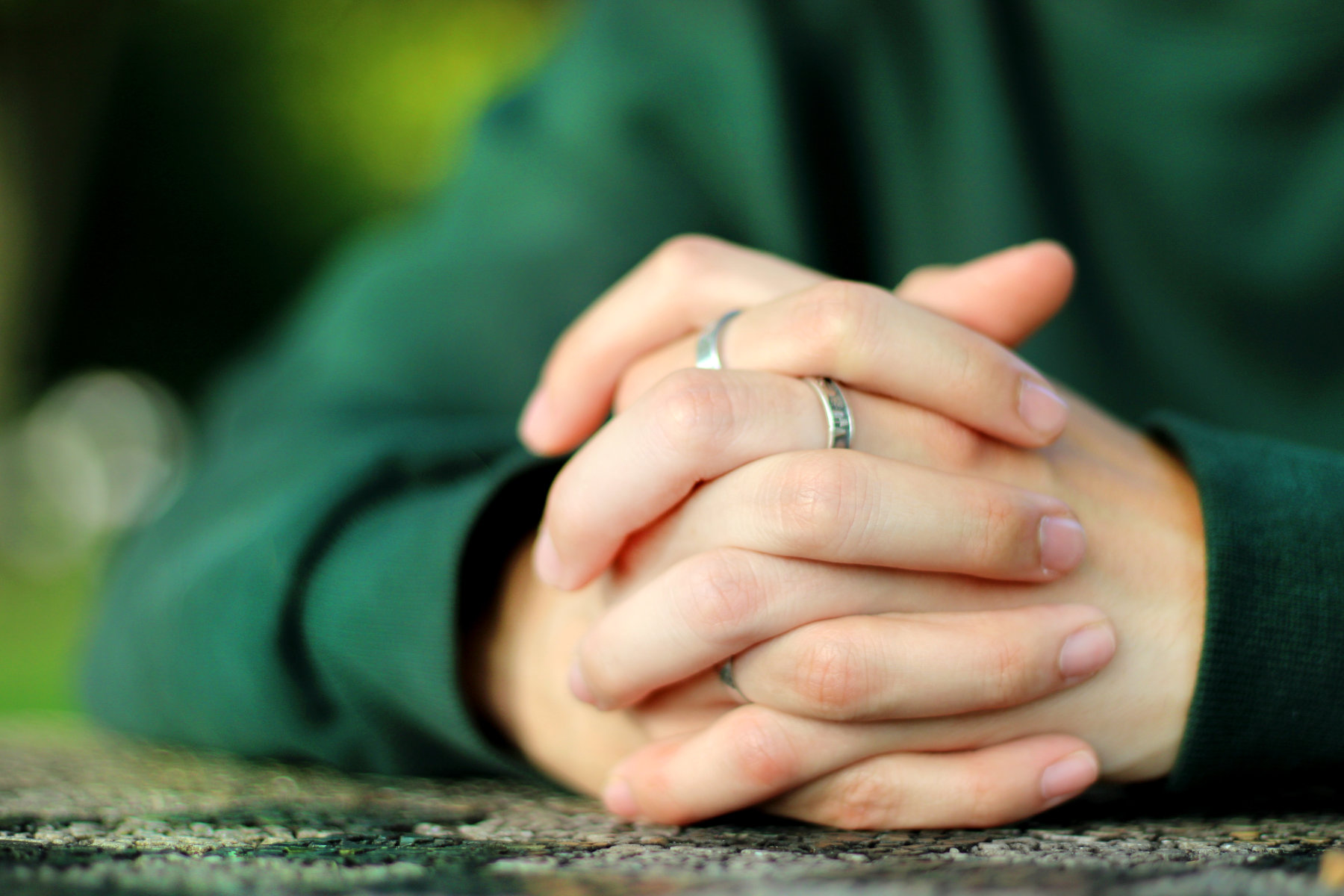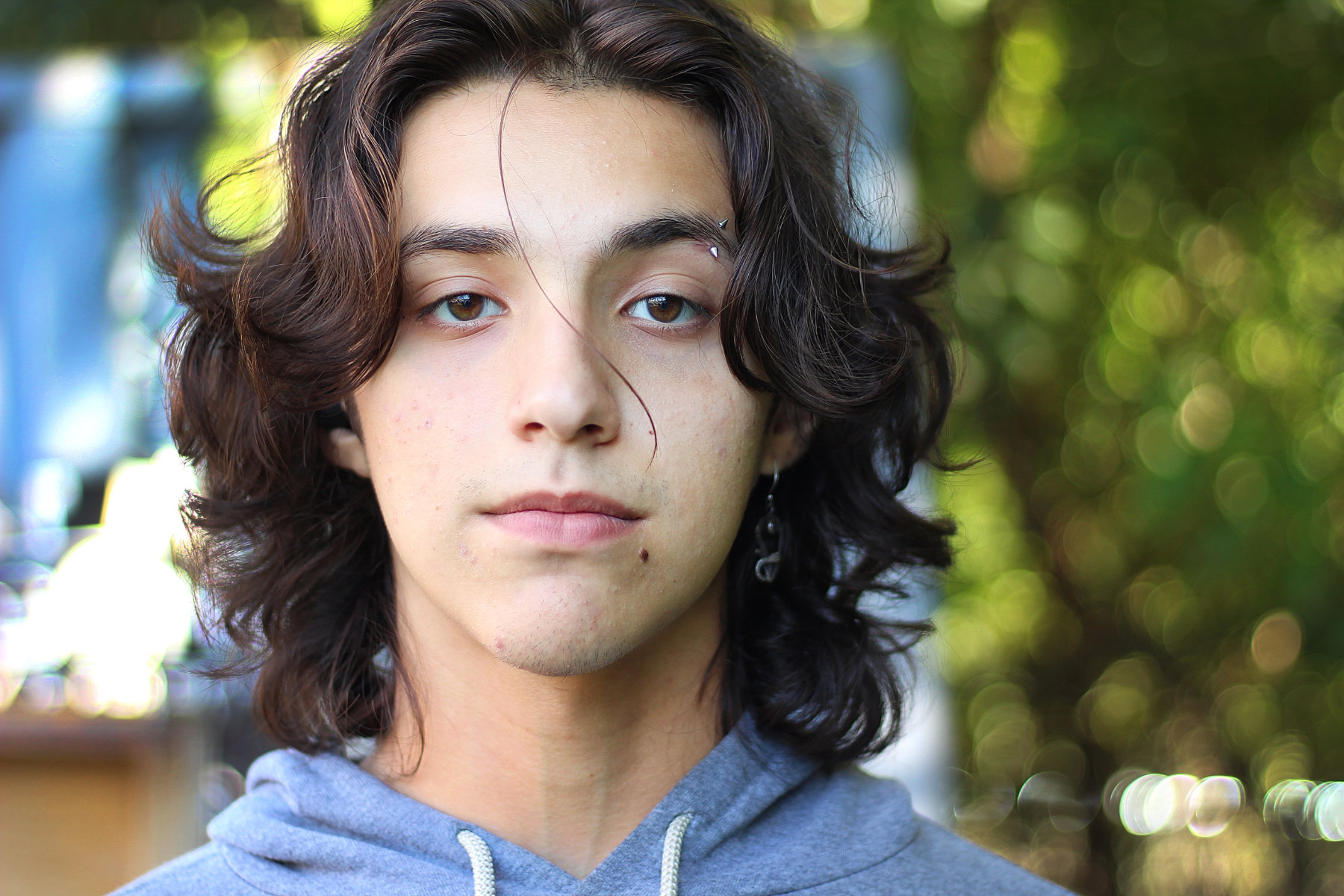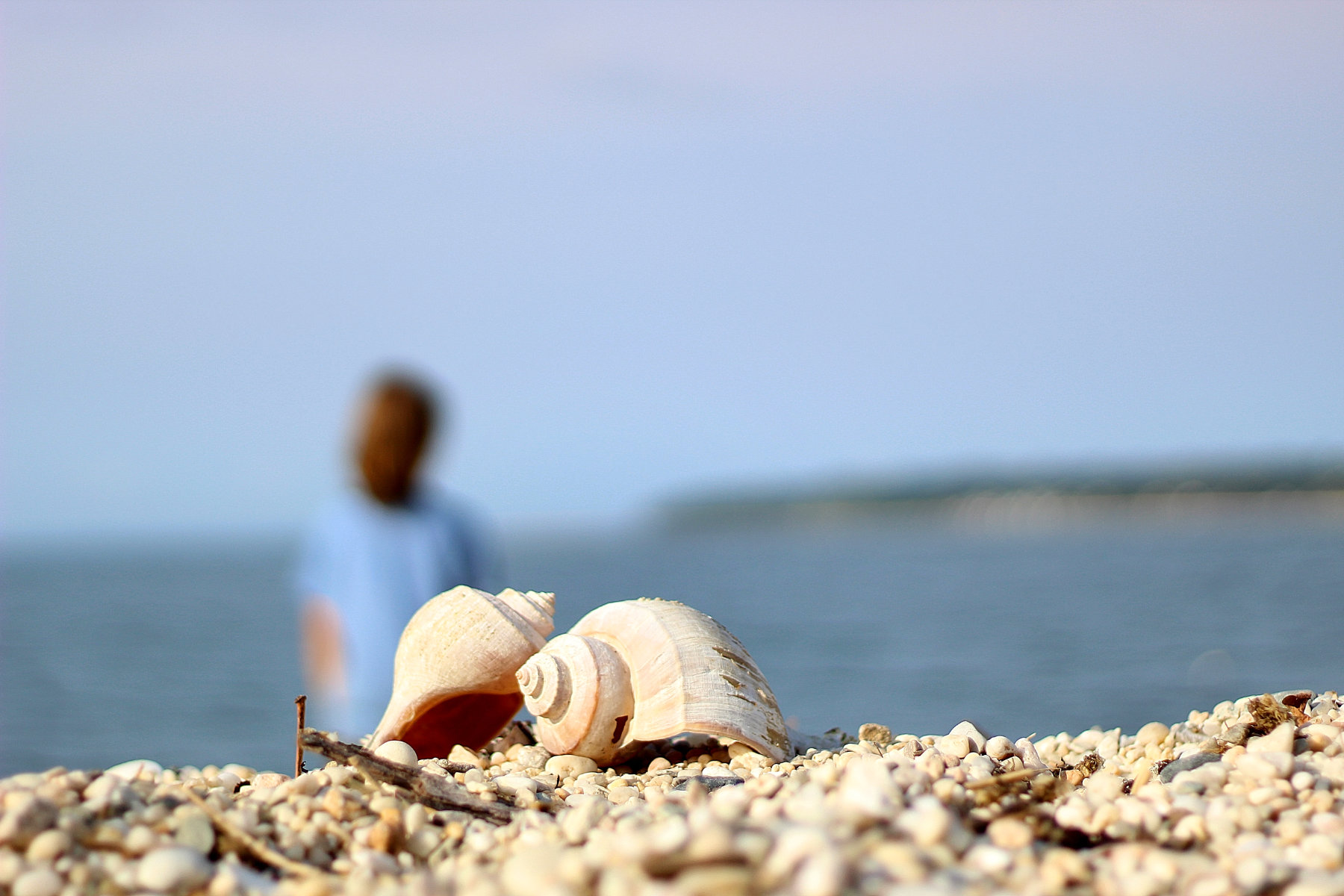Huntington Photography Students Learn All About Aperture
September 20, 2024
Photography students at Huntington High School are well into their studies with teacher Pamela Piffard, who presented a lesson an aperture this week. It might not appear to be an interesting topic, but for those who want to take great pictures, its essential to have an understanding of how lens openings affect photo quality.
So just what is aperture? “Aperture is the variable size opening in the lens of the camera,” Mrs. Piffardi told her students. “When you take a photo, light passes through the opening and reaches the camera’s senor, creating an image.”
Students learned that similar to an eye pupil, aperture is the hole in the lens that allows light to enter it. “The size of the aperture can be changed just as a pupil shrinks in harsh sunlight and expands in the dark,” Mrs. Piffard said. “When we squint, we are essentially closing down the aperture in our eye.”
The photographers heard that the larger the aperture opening, the more light that’s allowed in. The smaller the aperture opening, the less light is allowed in.
Learning the aperture scale is a challenge for anyone. “At f/4 (a small f-stop number) you have a large aperture opening,” Mrs. Piffard said. “At f/22 (a large f-stop number) you have a small aperture opening. This can be extraordinarily confusing at first for a beginner to remember, so try thinking of f-stops like fractions: f/22=1/22-22.”
Mrs. Piffard told the students f/4 is thus converted to ¼ and so on. “Obviously, ¼ is bigger than 1/22, so f/4 represents a larger aperture opening than f/22,” the teacher said.
The class went on to learn about how aperture controls depth of field and how changing the aperture results in adjusting the depth of field.
“A large aperture opening will give you a shallow depth of field,” Mrs. Piffard said. “The result will be that only part of the image will be in focus. The rest will be blurred. A small aperture opening will result in all or most of the image being focused, whether objects are near or far away.”
Students also learned about when a photographer wants to use a small aperture or a large aperture. She presented various photos and asked students which would benefit from an increased range of focus or a smaller range.
The class was asked to complete a Khan Academy exercise called Pixar in a Box: Depth of Field. Students watched a video and completed a depth of field practice exercise. They were then required to upload a screenshot of the completion screen into Google Classroom for Mrs. Piffard to review. The results were impressive.





